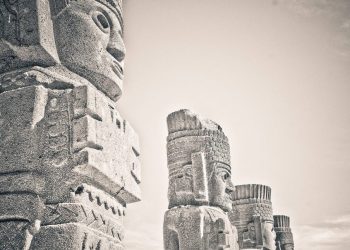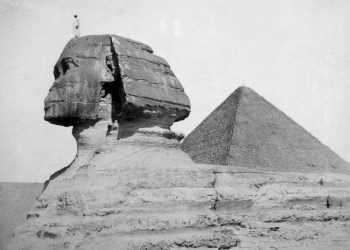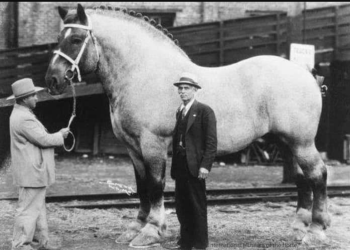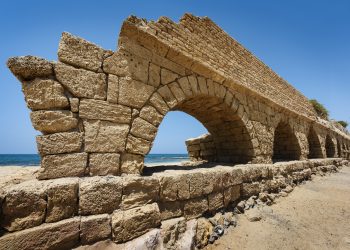Discover the Intriguing Life of Marco Polo and His Remarkable Journey to the Far East
Marco Polo, the intrepid Venetian explorer, merchant, and writer, captured the world’s imagination with his vivid accounts of his travels through Asia. His tales of adventure and exploration have inspired generations of travelers, and his name is synonymous with a pioneering spirit. Here are ten fascinating facts about Marco Polo that reveal the incredible life and impact of this legendary figure. There is some debate among historians, but most believe that Marco Polo was born in Venice, Italy. However, there are some claims that he may have been born in Korcula, which is present-day Croatia.
- Marco Polo’s Epic Journey Began at a Young Age
The Start of a 24-Year Odyssey
At the tender age of 17, Marco embarked on a life-changing journey with his father, Niccolò, and his uncle, Maffeo. They set off from Venice in 1271, traversing the Silk Road and reaching the court of Kublai Khan, the Mongol emperor, years later. This epic odyssey would span 24 years and cover over 15,000 miles.
- Polo Served Kublai Khan as a Diplomat and Explorer
A Trusted Envoy of the Great Khan
During his time in the Mongol Empire, Polo earned the trust and favor of Kublai Khan, who appointed him as a diplomat and explorer. He was dispatched on numerous missions throughout the empire, including present-day China, Burma, and India, and his detailed observations were later recorded in his famous book, “The Travels of Marco Polo.”
- Marco Polo’s Book Popularized the Wealth and Wonders of the East
Inspiring a New Age of Exploration
Upon his return to Venice in 1295, he recounted his adventures in a book known as “Il Milione” or “The Travels of Marco Polo.” This groundbreaking work provided Europeans with their first detailed and accurate accounts of the wonders of the East, including descriptions of exotic animals, spices, and precious gems. The book’s popularity inspired a new age of exploration and contributed to the European Age of Discovery.
- Marco Polo Was Not the First European to Reach China
Following in the Footsteps of His Father and Uncle
While Marco Polo is often credited with being the first European to reach China, his father, Niccolò, and uncle, Maffeo, had already made a journey to the East before he was born. They met with Kublai Khan, who expressed a desire to learn more about Christianity and European culture. This initial meeting set the stage for Marco Polo’s later journey.
- Marco Polo’s Book May Have Influenced Christopher Columbus
Marco Polo: The Spark That Ignited the Age of Discovery
Christopher Columbus, the famous Italian explorer who sailed across the Atlantic in 1492, is believed to have been influenced by Marco Polo’s tales of the East. A copy of “The Travels of Marco Polo” was found in Columbus’s personal library, complete with annotations and marginal notes, suggesting that the book may have inspired him to embark on his own voyage of discovery.
- Marco Polo Was a Prisoner of War
Captured During a Conflict Between Venice and Genoa
In 1298, Marco Polo was captured by the Genoese during a naval battle between Venice and Genoa. He was imprisoned for several months, during which time he dictated his travels to a fellow inmate, Rustichello da Pisa, who later compiled and edited the manuscript that would become “The Travels of Marco Polo.”
- Marco Polo’s Accounts Were Initially Met with Skepticism
The Doubt Surrounding His Tales
Upon the publication of “The Travels of Marco Polo,” many Europeans were skeptical about the authenticity of his accounts. Some dismissed his stories as fabrications or exaggerations, earning him the nickname “Il Milione,” suggesting that he was a teller of a million lies. However, modern research and historical evidence have largely confirmed the accuracy of his observations.
- Marco Polo Contributed to Cartography
Mapping the World for Future Explorers
Marco Polo’s detailed descriptions of the places he visited provided valuable information for the creation of maps during the Age of Exploration. His accounts helped cartographers like Fra Mauro to create more accurate world maps that incorporated the knowledge of Asia and the Far East, fueling the ambitions of explorers like Columbus and Vasco da Gama.
- His Legacy Lives On in Modern Culture
A Lasting Influence on Literature, Film, and Games
The life and adventures of Marco Polo continue to captivate and inspire people around the world. His story has been adapted into numerous books, films, and television series, and his name has been used for a popular swimming pool game, as well as the Marco Polo sheep, a species native to Central Asia.
- The Mystery Surrounding his Final Resting Place
A Disputed Burial Location
Polo passed away in 1324, and although it is widely believed that he was buried in the Church of San Lorenzo in Venice, the exact location of his tomb remains a mystery. Some scholars believe that his remains may have been moved or lost during the church’s various renovations over the centuries.
His extraordinary journey to the East and his unparalleled accounts of the world beyond Europe’s borders have left an indelible mark on history. As an explorer, merchant, and writer, he opened the doors to a new age of discovery and paved the way for generations of adventurers who followed in his footsteps. The ten fascinating facts highlighted in this article reveal the enduring legacy of this legendary figure and the profound impact his travels have had on our understanding of the world.
PLEASE READ: Have something to add? Visit Curiosmos on Facebook. Join the discussion in our mobile Telegram group. Also, follow us on Google News. Interesting in history, mysteries, and more? Visit Ancient Library’s Telegram group and become part of an exclusive group.











